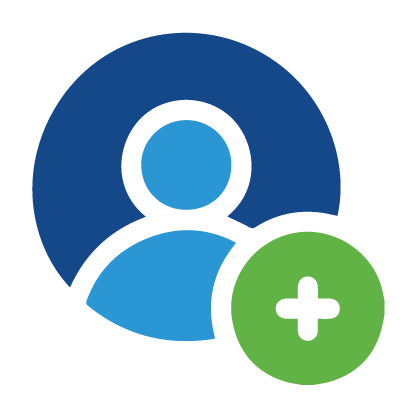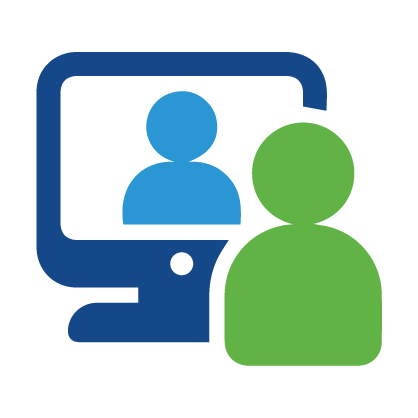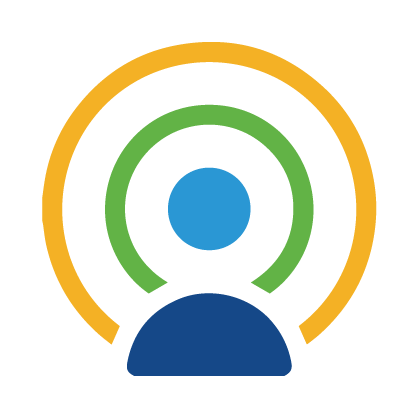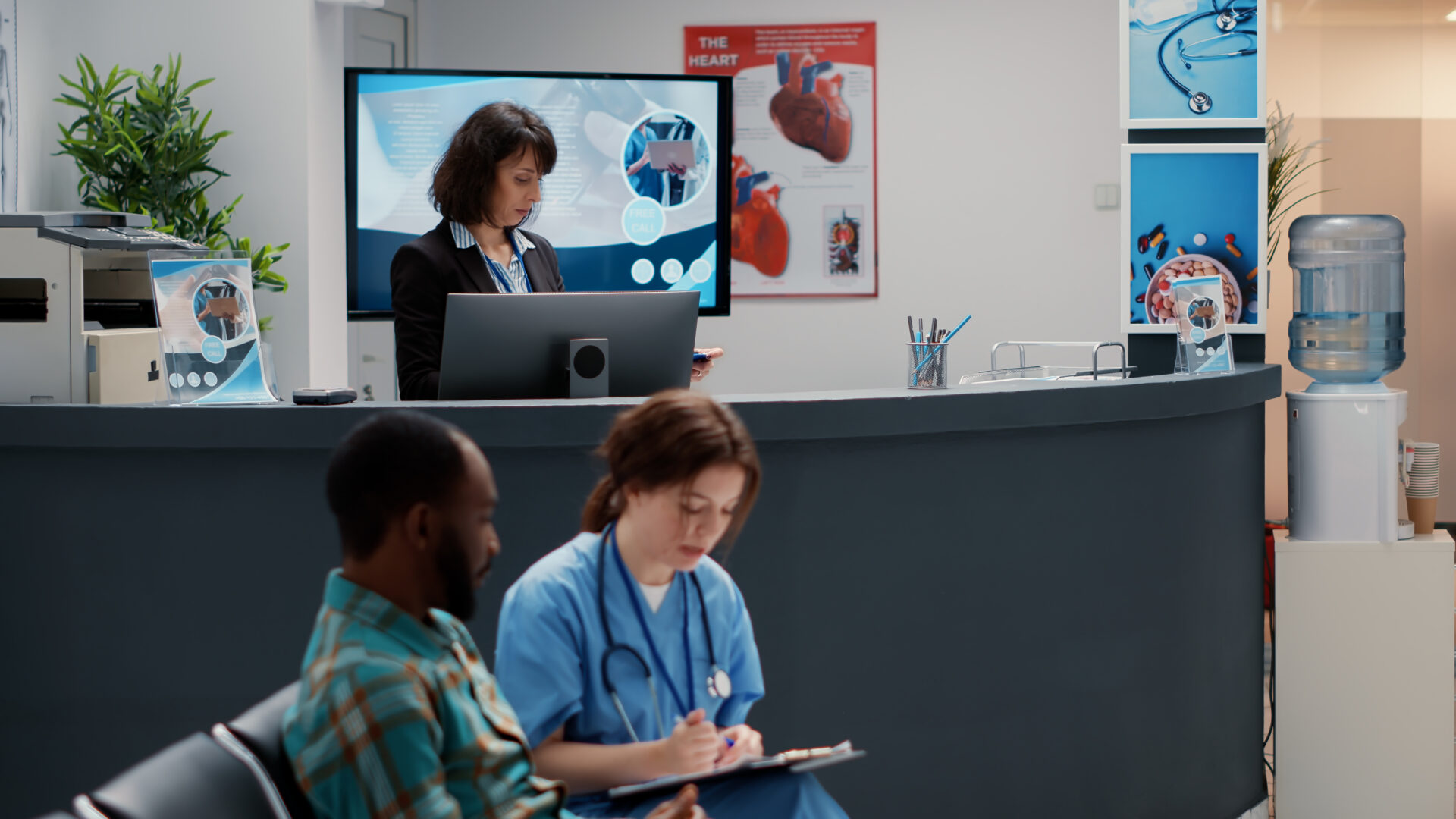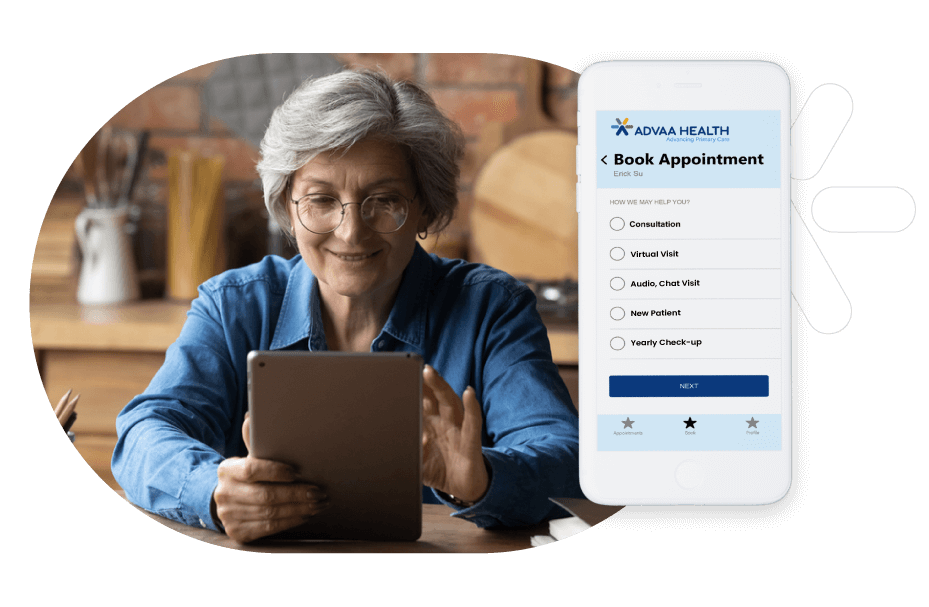Cardiology practices are at the forefront of remote patient monitoring, leveraging RPM to manage heart failure, hypertension, and arrhythmias with remarkable results. Recent studies show that RPM can reduce hospital admissions by up to 65% and decrease hospital observations by 85% for cardiovascular patients. The American College of Cardiology has published comprehensive guidance for implementing RPM, emphasizing its role in early detection of clinical deterioration and prompt intervention. Technologies such as wearables and non-invasive monitors are making it easier for cardiologists to track patient status in real time, leading to better blood pressure control, fewer readmissions, and improved patient satisfaction.
Reimbursement for RPM in cardiology is robust, with Medicare and even Medicaid programs covering monthly monitoring and management services. However, practices must navigate complex billing requirements and ensure compliance with evolving regulations, especially as federal audits increase. Patient compliance is another challenge; not all patients consistently use their devices or understand the importance of regular data transmission, which can limit the effectiveness of RPM and the ability to bill for services. Additionally, co-payments required by insurance plans can be a deterrent for some cardiac patients, particularly those on fixed incomes. To maximize the benefits of RPM, cardiology practices must invest in patient education, streamline workflows, and stay current with reimbursement policies.

